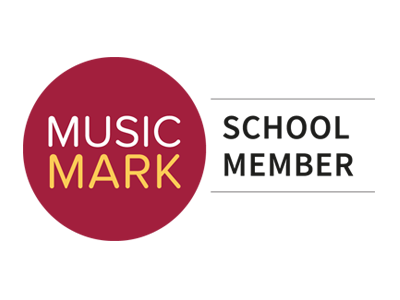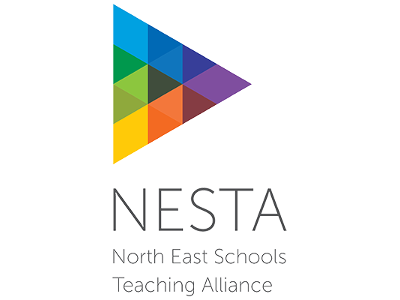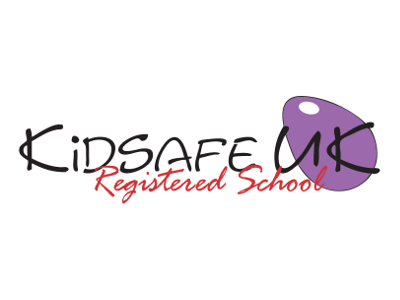Maths – Year 6
Download
Download our Year 6 Maths curriculum here.
| Topic | Description |
| Counting and Ordering | Use negative numbers in context, and calculate intervals across zero. |
| Numbers and more/less | Read, write, order and compare numbers up to 10 000 000 |
| Place value and decimals | Round any whole number to a required degree of accuracy. Identify the value of each digit to 3 dp and multiply and divide numbers by 10, 100 and 1000 to 3dp. |
| Table and Multiples | Identify common factors, common multiples and prime numbers. |
| Bonds, Facts and Special numbers | |
| Calculations + and – | Solve addition and subtraction multi-step problems in contexts, deciding which operations and methods to use and why. Use knowledge of order of operations to carry out calculations |
| Calculations x and ÷ | Multiply multi-digit numbers up to 4 digits by a two-digit whole number using the formal written method. Multiply one-digit numbers with up to two decimal places by whole numbers. Divide numbers up to 4 digits by a two-digit number using the formal written method of short/long division, and interpret remainders as remainders, fractions, or rounding. |
| Fractions and percentages | Use common factors to simplify fractions; use common multiples to express fractions in the same denomination. Compare and order fractions, including fractions >1. Add and subtract fractions with different denominators and mixed numbers. Multiply simple pairs of proper fractions, writing the answer in its simplest form. Divide proper fractions by whole numbers. Associate a fraction with division and calculate decimal fraction equivalents. Calculate percentages (e.g. of measures, and such as 15% of 360) use percentages for comparison. |
| Time | |
| Measurement | Use, read, write and convert between standard units using decimal notation. Convert between miles and kilometres. Recognise that shapes with the same areas can have different perimeters and vice versa. Use formulae when possible for area and volume of shapes. Calculate, estimate and compare volume of cubes and cuboids using standard units. Calculate the area of parallelograms and triangles. |
| Properties of shape | Draw 2-D shapes using given dimensions and angles. Recognise, describe and build simple 3D shapes. Compare and classify shapes based on properties and sizes, find unknown angles in any triangles, quadrilaterals, and regular polygons. Illustrate and name parts of circles, including radius, diameter and circumference, know that the diameter is 2 x r. Recognise angles where they are vertically opposite, and find missing angles. |
| Position and Direction | Describe positions in all four quadrants. Draw and translate on the coordinate plane, and reflect in the axes. |
| Statistics | Interpret and construct pie charts and line graphs and use to solve problems. Calculate and interpret the mean as an average. |
| Ratio and proportion | Solve problems involving the relative sizes of two quantities using integer multiplication and division facts. Solve problems involving similar shapes where the scale factor is known or can be found. |
| Algebra | Use simple formulae. Generate and describe linear number sequences. Express missing number problems algebraically. Find pairs of numbers that satisfy number sentences involving two unknowns. |











